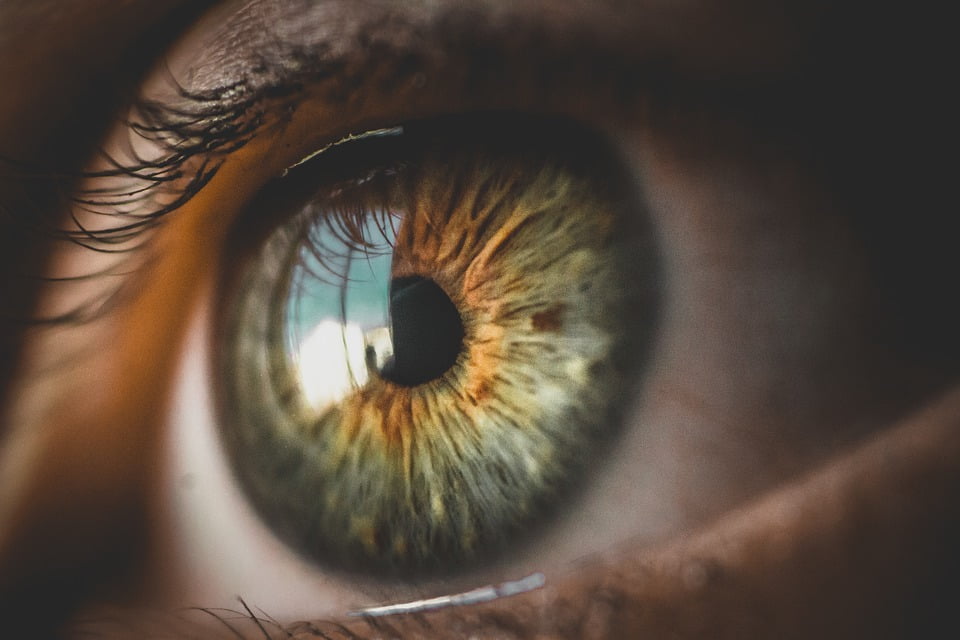There is an opinion that where a woman sees coral, peach, salmon and fuchsia, a man sees only pink. We decided to check whether women are really physiologically designed in such a way that they are able to distinguish more shades than men.
The inability of men to recognize many shades of the same color is written not only in social media. networks, but also such media as “RIA Novosti", Lenta.ru, "Channel One" The widely known meme.
The eye, despite its small size (approximately 2.5 cm in width and depth and 2.3 cm in height), is a very complex organ. Retina of the eye contains photoreceptors are two types of light-sensitive cells: rods and cones. Rods are responsible for twilight vision, and cones are responsible for color vision. Photoreceptors contain opsins - receptors that absorb the electromagnetic energy of a photon, convert it into an electrical impulse and transmit it further to the brain. He, in turn, by comparing information from all opsins, creates a color image.
Cones in the human eye presented three different types, each of which contains a corresponding type of opsin, sensitive to a certain range of light wavelengths. Cones of type S (short) are responsible for recognizing the short-wavelength part of the spectrum, that is, blue-violet shades, type M (middle) is sensitive to medium waves and yellow-green colors, and type L (long) is sensitive to long waves and the yellow-red palette.
Structure of opsin S recorded on chromosome 7, and M and L are encoded on the sex X chromosome. This explains the fact that men suffer from color blindness much more often than women.

Scientists from New York University demonstrated flashes of light of different colors to a group of volunteers with normal vision and not color blindness. As a result of the experiment, they concluded that men were generally worse at distinguishing shades across the spectrum, since they almost always needed a longer wavelength to distinguish a shade than women. Scientists paid special attention to medium and long waves (opsins M and L, respectively) - there the “lag” in male vision was the strongest. However, the researchers did not limit themselves to explaining that the difference comes solely from a different chromosome set. Research leader, Professor Israel Abramov suggested, that “the main role is played by testosterone, the action of which leads to the formation of slightly different neural connections in men.”
However, not only the physiology of the eye itself plays a role in the difference in shades, but also a complex of psychosocial aspects. Thus, a group of scientists led by A. Helbert and Y. Ling tied up a similar feature of vision with evolution - for women involved in gathering, it was more important to distinguish the shades of fruits than for men. A Y. Young notesthat girls have more activities related to different colors since childhood than boys. Moreover, the difference in shades also has linguistic context - naming a certain wave not with a general word, for example “green”, but with its additional classification: emerald, olive, mint.
Thus, men actually distinguish fewer shades than women. However, this is not a reason to be upset: in a healthy eye, each type of cone in isolation recognizes about 100 shades, which in general gives approximately million distinguishable colors, so that even with this feature of vision, the world for men remains colorful and bright.

Is it true
Read on the topic:
If you find a spelling or grammatical error, please let us know by highlighting the error text and clicking Ctrl+Enter.






